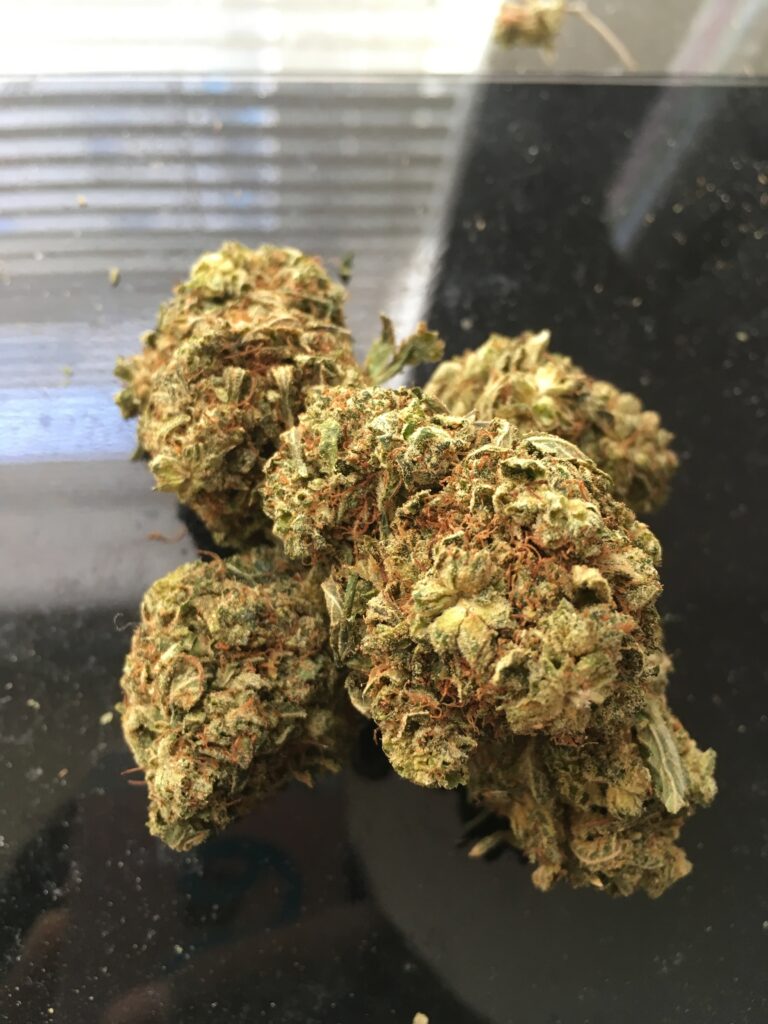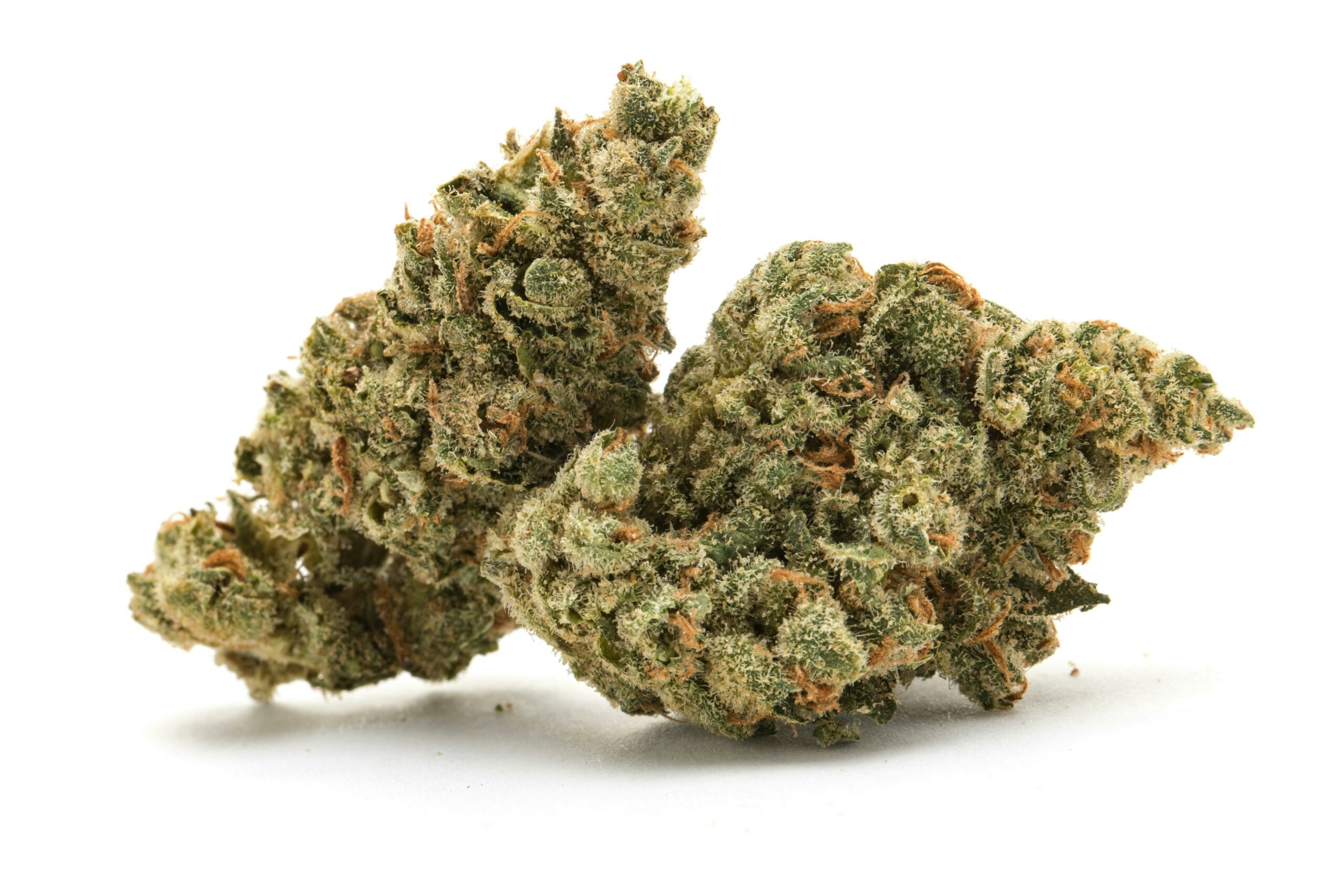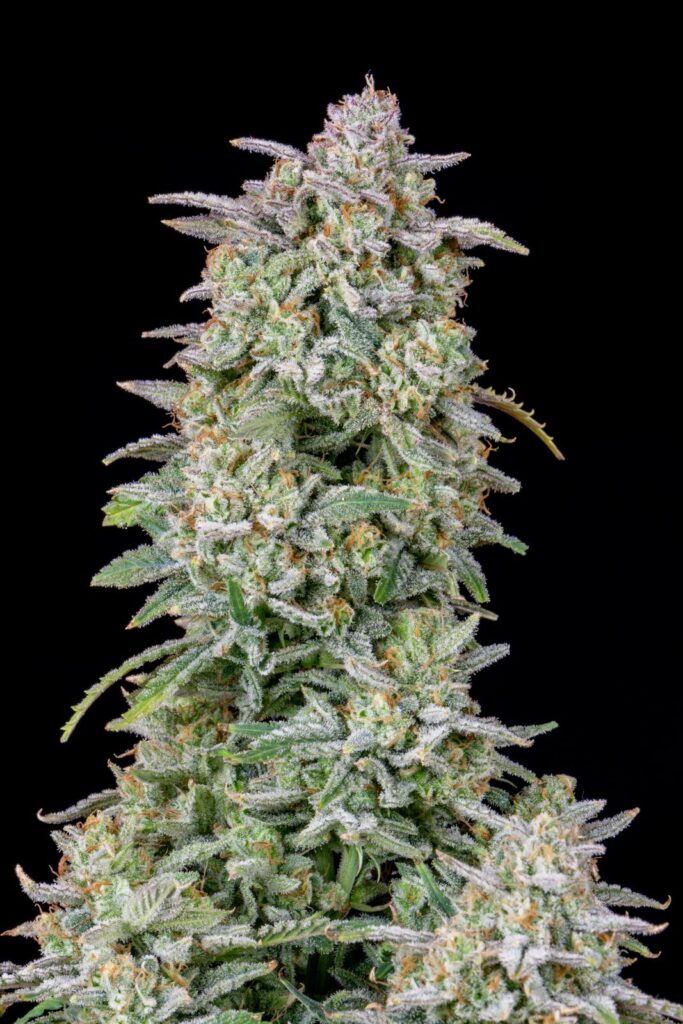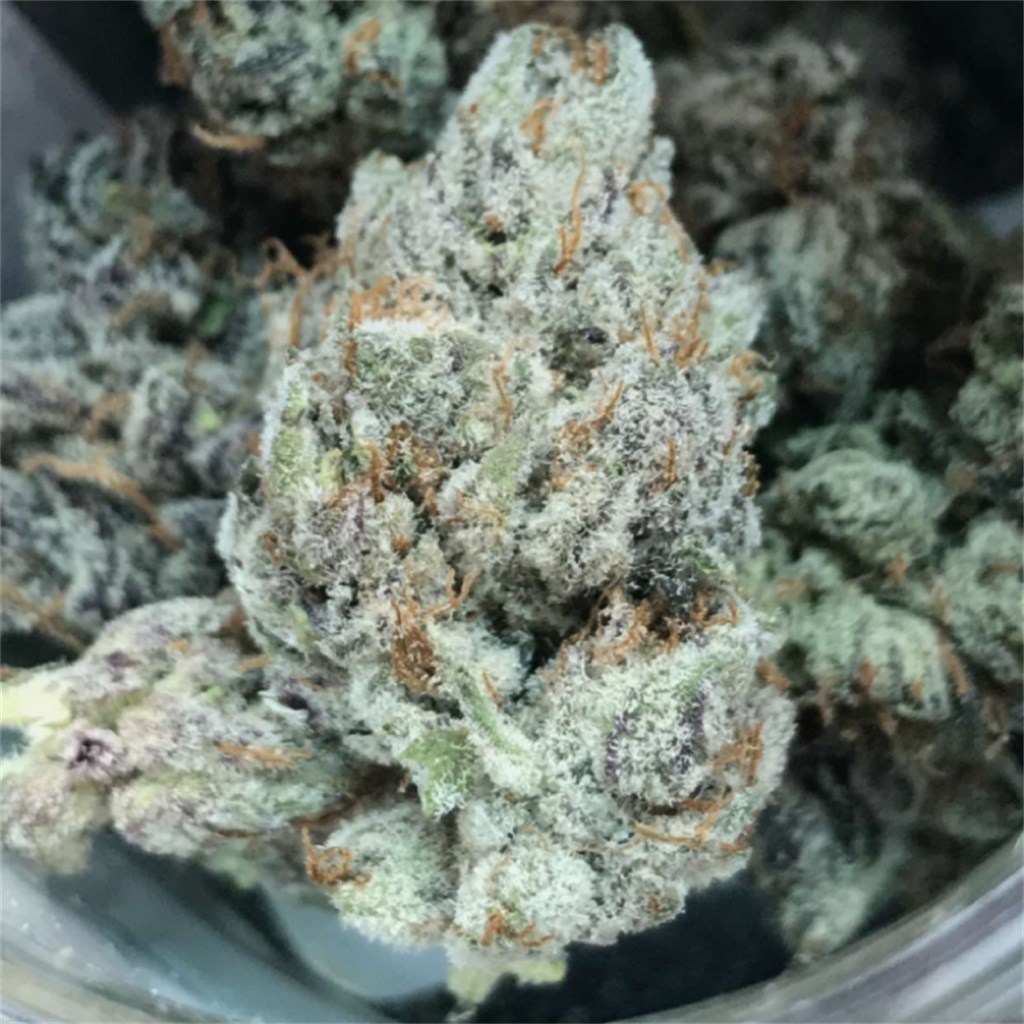Glueball Overview
What is a Glueball?
The term “glueball” has multiple meanings across various scientific disciplines, but in the context of this article, it specifically refers to a type of cannabis strain known as Glue Ball or Glue Ball Weed.
Glueballs are hypothetical particles predicted by quantum chromodynamics (QCD), a theory that describes the strong interactions between quarks and gluons. These particles are composed entirely of gluons and have no valence quarks, making them distinct from mesons and baryons, which contain quarks.
In nuclear physics, glueballs can be thought of as the “glue” that holds the quark-gluon plasma together. They are often referred to as the “quantum field fluctuations” in QCD. Research on glueballs aims to better understand the strong interaction and its connection to confinement, a fundamental aspect of quantum mechanics.
However, when referring to the cannabis strain Glue Ball or Glue Ball Weed, it is a type of hybrid marijuana that originated from the Chemdawg 91 and OG Kush strains. This plant is known for its unique flavor profile, high resin production, and strong aroma, often described as sweet and earthy with hints of vanilla and spices.
The effects of Glue Ball or Glue Ball Weed are said to be sedating and relaxing, making it a popular choice among users who seek to unwind after a long day. As with any cannabis strain, individual results may vary depending on factors like dosage, tolerance, and method of consumption.
Some potential benefits associated with Glue Ball or Glue Ball Weed include:
- Sedation and relaxation
- Pain relief and anti-inflammation
- Anxiety reduction and stress alleviation
- Improved sleep quality
It is essential to note that Glue Ball or Glue Ball Weed may not be suitable for everyone, especially those with certain medical conditions or allergies. Consult a healthcare professional before using this strain, and always consume in moderation.
A Glue Ball, also known as Glueball Weed, is a type of cannabis strain that has gained popularity in recent years due to its unique characteristics and effects.
Glueball Overview
A Glue Ball, also known as Glueball Weed, is a type of cannabis strain that has gained popularity in recent years due to its unique characteristics and effects.
About the Strain
The Glue Ball strain is believed to be a descendant of the legendary OG Kush strain, which is a widely popular and respected strain among cannabis enthusiasts.
Glueball is known for its high THC levels, typically ranging between 15-20%, making it a potent and effective strain for those seeking relief from pain, anxiety, and stress.
Efficacy
- Pain Relief: Glue Ball is often used to treat chronic pain, muscle spasms, and inflammation due to its high THC content.
- Anxiety and Stress: The strain’s sedating effects can help reduce anxiety and stress levels in users.
- Sleep Aid: Many users find that Glue Ball helps them fall into a deep sleep due to its relaxing properties.
Sativa/Indica Ratio
- The exact Sativa/Indica ratio of the Glue Ball strain is not well-documented, but it’s believed to have a predominantly Indica-based genetic makeup.
- This makes sense given the strain’s sedating and relaxing effects, which are characteristic of Indica dominant strains.
Smell and Taste
- The smell and taste of Glue Ball are often described as earthy, woody, and slightly sweet.
- Users report that the smoke is smooth and easy to inhale, making it a pleasure to consume.
Cultivation
Glue Ball is relatively easy to grow and cultivate, requiring moderate amounts of water and nutrients to thrive.
The strain is often grown indoors using hydroponic systems or soil-based cultivation methods.
Yield and Harvest Time
- Yield: Glue Ball yields average amounts of buds, typically ranging between 10-20 grams per plant.
- Harvest Time: The strain is ready for harvest in approximately 8-10 weeks, depending on growing conditions and methods.
Conclusion
Glue Ball is a unique and potent cannabis strain that has gained popularity among enthusiasts due to its relaxing effects, high THC levels, and earthy aroma.
While the exact genetic makeup of the strain is not well-documented, it’s believed to be a descendant of the legendary OG Kush strain.
Molecular Structure and Composition
Cannabinoids and Terpenes
The molecular structure and composition of cannabis, particularly cannabinoids and terpenes, play a crucial role in determining the effects and characteristics of a specific strain like the Glueball.
Cannabinoids are a class of compounds found in the resin of cannabis plants that interact with the body’s endocannabinoid system to produce various effects. The two primary cannabinoids in cannabis are THC (tetrahydrocannabinol) and CBD (cannabidiol). THC is responsible for the psychoactive properties of cannabis, while CBD has been shown to have therapeutic benefits without causing a high.
Terpenes, on the other hand, are hydrocarbons produced by plants that contribute to their unique aroma and flavor. Terpenes also play a crucial role in the interactions between cannabinoids and terpenoid receptors in the body, which can impact the overall effects of cannabis.
The Glueball strain is known for its high THC content, typically ranging from 20-25%. This potency level allows users to experience a strong psychoactive effect. However, it also means that users should start with low doses and gradually increase as needed to avoid overwhelming discomfort.
Terpenoids present in the Glueball strain include myrcene, caryophyllene, limonene, pinene, and humulene, among others. These terpenes contribute to its unique earthy, herbal flavor profile and aroma, often described as pungent and spicy.
Myrcene is a primary terpene in the Glueball strain, which can have an effect on inflammation reduction. It may also help alleviate anxiety, stress, and pain relief.
Caryophyllene, another prominent terpene, has anti-inflammatory properties similar to myrcene. It’s often used for muscle relaxation, reducing swelling and redness, in addition to its relaxing and sedative effects.
Limonene is a terpene commonly associated with citrus fruits but found in many cannabis strains, including Glueball. Its aroma profile ranges from citrusy to slightly earthy, providing uplifting and energizing properties. It can also stimulate digestive function and improve mood.
Pinene is another prevalent terpene present in the Glueball strain, which has anti-inflammatory and bronchodilator effects. These characteristics make it suitable for respiratory issues like asthma and coughs.
Humulene provides earthy, woody, and herbal flavors to the Glueball strain’s unique aroma profile. It has been reported to have decongestant properties, potentially reducing swelling in tissues and mucous membranes, as well as exhibit appetite suppressive effects.
When consuming the Glueball strain or any other cannabis product, it’s crucial to consider both its cannabinoid content and terpene composition. This information will help users better understand how these compounds interact within their body, tailoring the experience for their specific needs and preferences.
Individuals with medical concerns or conditions should consult a healthcare professional before using cannabis-based products like the Glueball strain.
The molecular structure of Glue Ball weed consists primarily of cannabinoids such as THC and CBD, as well as terpenes like myrcene and limonene.
The molecular structure of Glue Ball weed, a popular cannabis strain, is composed of various compounds that contribute to its unique properties and effects.
At the core of Glue Ball’s molecular structure are cannabinoids, which are the primary psychoactive compounds found in the plant.
Two of the most well-known cannabinoids present in Glue Ball are:
- THC (Tetrahydrocannabinol): This is the primary psychoactive compound responsible for the “high” associated with cannabis use. THC binds to cannabinoid receptors in the brain, producing feelings of euphoria and relaxation.
- CBD (Cannabidiol): While CBD does not produce a psychoactive effect like THC, it has been shown to have numerous therapeutic benefits, including reducing inflammation, anxiety, and pain.
Terpenes are another essential component of Glue Ball’s molecular structure. Terpenes are organic compounds found in the oils of plants and give cannabis its distinct aroma and flavor.
The two main terpenes present in Glue Ball are:
- Myrcene: This terpene has been shown to have sedative and pain-relieving properties, contributing to Glue Ball’s relaxing effects.
- Limonene: With its citrusy aroma, limonene is known for its uplifting and mood-boosting effects, helping to alleviate stress and anxiety.
The unique combination of cannabinoids and terpenes in Glue Ball contributes to its distinct flavor profile, which often described as earthy, herbal, and slightly sweet.
When smoked or consumed, the compounds present in Glue Ball interact with the body’s endocannabinoid system, producing a range of effects that can vary from person to person.
Individuals may experience relaxation, pain relief, improved mood, and even increased focus and creativity when using Glue Ball.
As research on cannabis continues to evolve, understanding the molecular structure and composition of strains like Glue Ball can provide valuable insights into their therapeutic potential and individual effects.
Effects and Uses
Medical and Recreational Applications
The Glue Ball weed strain, also known as a Glueball, is a popular and potent cannabis variety that has gained significant attention for its unique effects and uses.
One of the primary reasons why Glue Ball is in high demand is due to its remarkable potency, which can reach levels of up to 25% THC. This makes it an excellent choice for experienced users seeking a robust and long-lasting experience.
The effects of Glue Ball are characterized by a powerful body high that can induce deep relaxation and sedation, often accompanied by feelings of euphoria and happiness. The strain is also known to produce intense creative and introspective sensations, making it an excellent choice for artists and individuals seeking inspiration or deeper self-reflection.
Medically, Glue Ball has been reported to be effective in alleviating symptoms associated with chronic pain, muscle spasms, and anxiety disorders. Its potent sedating properties also make it a popular choice among patients suffering from insomnia and sleep disorders.
Recreationally, Glue Ball is often used as a social strain due to its stimulating effects on conversation and creativity. It is commonly consumed in social settings, such as parties or gatherings, where users can freely express themselves and engage with others without inhibitions.
The unique terpene profile of Glue Ball, which includes notes of citrus, earthy, and gassy aromas, further contributes to its distinct effects and uses. The strain is often described as having a “glue-like” aroma that is both pungent and captivating.
Glue Ball can be consumed in various forms, including buds, concentrates, edibles, and topicals. Its potency and unique profile make it an attractive choice among cannabis enthusiasts seeking a long-lasting and intense experience.
In conclusion, Glue Ball is a powerful and versatile strain that offers a range of effects and uses, making it an excellent choice for both medical and recreational purposes. Its high THC levels and unique terpene profile contribute to its distinct characteristics, setting it apart from other strains in the market.
The effects of Glue Ball weed are reported to be sedative and relaxing, making it a popular choice for medical patients seeking relief from chronic pain and anxiety.
The effects of Glue Ball weed are reported to be sedative and relaxing, making it a popular choice for medical patients seeking relief from chronic pain and anxiety.
This strain is known to induce a deep sense of calmness and relaxation, helping individuals unwind and reduce stress levels.
Glue Ball weed has been reported to have analgesic properties, effectively reducing chronic pain and inflammation in the body.
The sedative effects of Glue Ball weed can also help patients with insomnia or other sleep disorders, promoting a good night’s rest and relaxation.
In addition to its medical benefits, Glue Ball weed has been reported to have psychoactive properties, inducing feelings of euphoria and happiness in users.
The effects of Glue Ball weed are typically felt within 10-30 minutes after consumption, with the duration lasting anywhere from 2-6 hours.
Some potential side effects of using Glue Ball weed include dry mouth, red eyes, and dizziness, which are usually temporary and mild in severity.
The ideal method of consumption for Glue Ball weed is smoking or vaping, as this allows for the quickest and most efficient delivery of its active ingredients to the body.
Benefits and Effects
- Sedative and relaxing effects
- Analgesic properties for pain relief
- Anti-inflammatory effects
- Sleep aid
- Euphoric effects
Common Methods of Consumption
- Smoking
- Vaping
- Edibles
Cautions and Precautions
The effects of Glue Ball weed can be intense and unpredictable, making it essential to use caution when consuming this strain.
Beginners should start with low doses and gradually increase as needed, while experienced users should still exercise moderation to avoid adverse reactions.
Pregnant or breastfeeding women, as well as individuals with a history of mental health conditions or substance abuse, should consult their doctor before using Glue Ball weed.
- Fatso Weed Strain Information - September 16, 2024
- Guava Runtz Weed Strain Information - September 16, 2024
- Han Solo Burger Weed Strain Information - September 16, 2024









